Description
The Burmese Python (Python bivittatus) is one of the largest and most powerful snake species in the world. Native to Southeast Asia, these pythons are known for their impressive size, striking patterns, and relatively docile nature, which makes them a popular choice among reptile enthusiasts. However, due to their size and care requirements, they are best suited for experienced keepers.
Characteristics
Physical Appearance
- Coloration: Typically tan or yellow with dark brown blotches along the back and sides. There is also an albino morph that is white and yellow.
- Size: Adults can range from 12 to 16 feet, with some individuals reaching over 20 feet. They can weigh over 200 pounds.
- Build: Thick, muscular body with a broad head and a prehensile tail.
Behavior
- Terrestrial and Semi-Aquatic: While they are primarily ground-dwellers, they are excellent swimmers and can be found in water bodies.
- Diet: Carnivorous, feeding on a variety of prey including birds, mammals, and occasionally reptiles. In captivity, they are usually fed appropriately sized rodents or rabbits.
- Temperament: Generally calm and can be quite docile when handled regularly, though they can be defensive, especially when young or during feeding.
Habitat and Enclosure
Natural Habitat
- Location: Found in the jungles, marshes, and grasslands of Southeast Asia, including Myanmar, Thailand, Vietnam, and parts of India.
- Environment: Warm and humid with plenty of cover and access to water.
Captive Enclosure
- Size: Requires a very large enclosure to accommodate their size. Adult enclosures should be at least 8 feet long, 4 feet wide, and 4 feet tall, though larger is always better.
- Climbing Structures: While primarily terrestrial, providing sturdy branches and platforms can be beneficial.
- Temperature: Basking spot around 88-92°F with ambient temperatures of 78-85°F. Nighttime temperatures can drop to 75-80°F.
- Humidity: Moderate to high humidity levels of 50-70%. Provide a large water dish for soaking.
- Lighting: Full-spectrum lighting is beneficial for maintaining a natural day/night cycle, though UVB is not strictly necessary.
Care and Maintenance
- Diet: Feed appropriately sized prey items, such as rats, rabbits, or chickens, every 1-2 weeks depending on the snake’s size and age.
- Water: Provide a large, sturdy water dish that the snake can soak in. Clean and refill regularly.
- Handling: Regular, gentle handling can help keep the snake docile. Always handle with care, especially with larger individuals, and consider having a second person present for support.
- Health: Regular veterinary check-ups are important. Watch for signs of health issues such as respiratory infections, mites, or lethargy.
Breeding
- Breeding Season: Typically occurs during the cooler months.
- Egg Laying: Females lay clutches of 20-50 eggs, which they incubate by coiling around them and shivering to generate heat.
- Incubation: Eggs incubate for about 60-70 days at a temperature of around 88-90°F.
- Care of Young: Hatchlings are usually about 2 feet long and require the same care as adults, though on a smaller scale. They can be fed appropriately sized rodents.

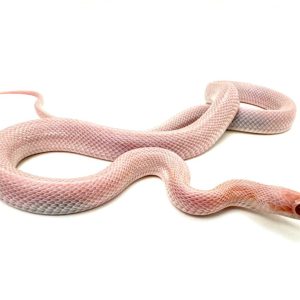
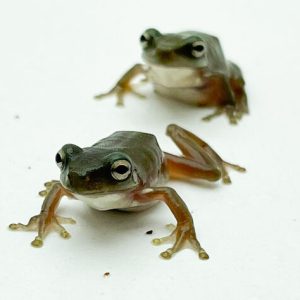
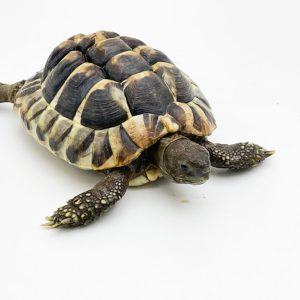
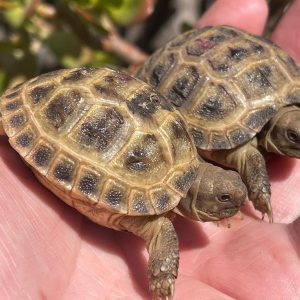
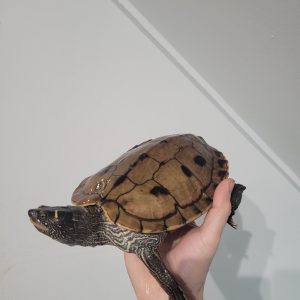
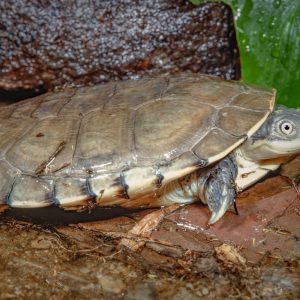
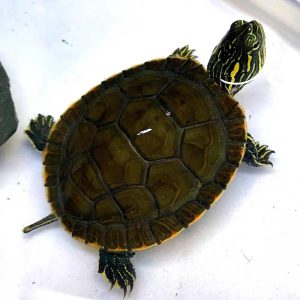
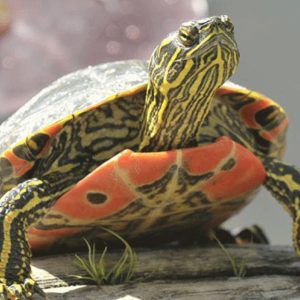
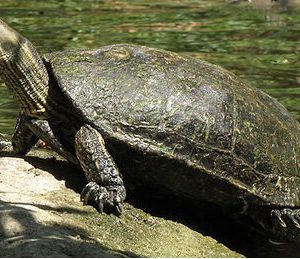
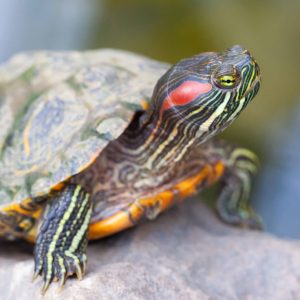

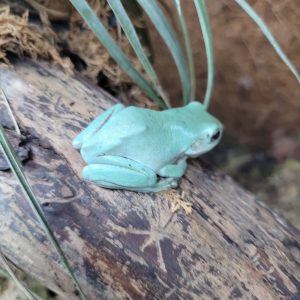
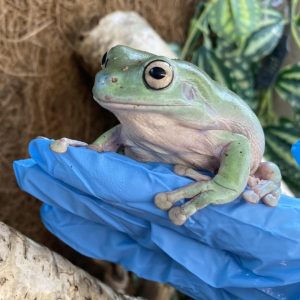

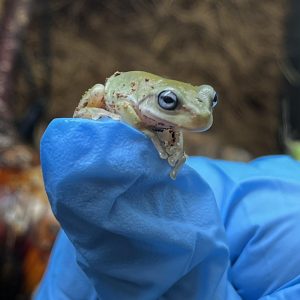
Reviews
There are no reviews yet.